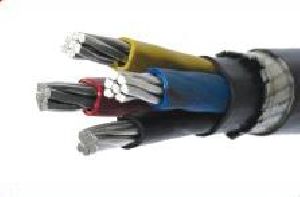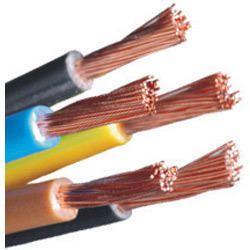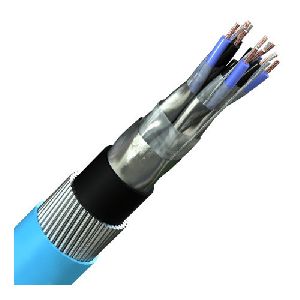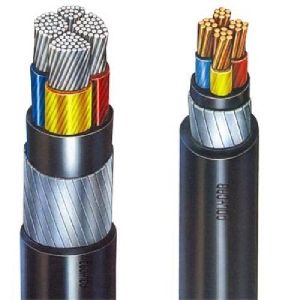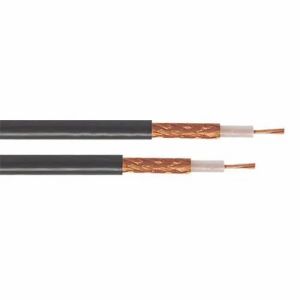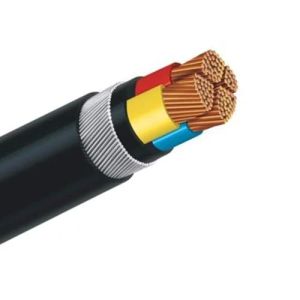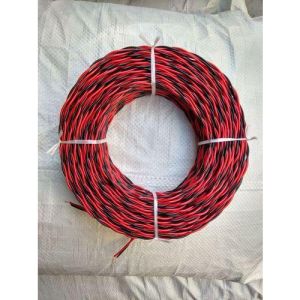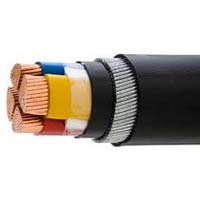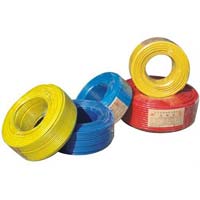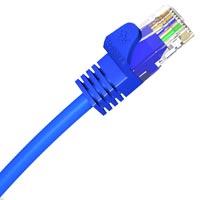Listing ID #1342717
Company Information
Ask for more detail from the seller
Contact SupplierInstrumentation Cables, we offer, are made using the best quality material. Also, we entertain the specific needs of the clients and produce these Instrumentation Cables accordingly. We are an ISO Certified Manufacturer and Exporter of the Instrumentation Cables. We provide these Instrumentation Cables at the market leading rates.
Why Our Instrumentation Cables?


